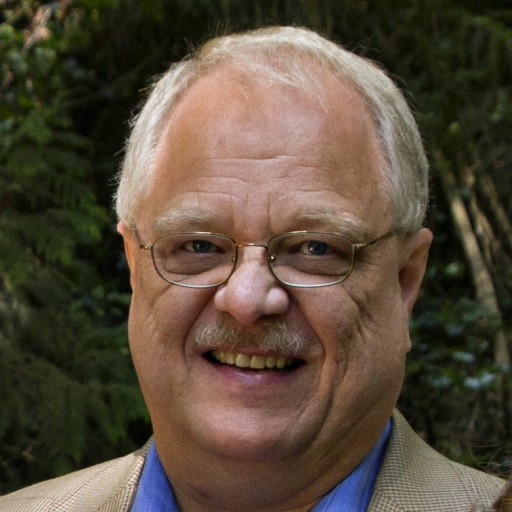Artificial Intelligence
Since their diagnosis with Type 1 Diabetes (T1D), Oliver and Stella have benefited from previous research. Medical technology produced an insulin pump that automates some of the tasks a person with T1D must deal with throughout the day. Ongoing work is bringing improvements.
Oliver and Stella each have two sites on their bodies that work together to help manage T1D. The sensor site checks the blood glucose (BG) level every five minutes and transmits the reading to the insulin pump. They have this sensor on the back of their upper arms, the left arm one week and the right arm the next. The infusion site is where the pump actually delivers the insulin. A small, tapered tube is inserted under the skin on the abdomen (see photo), thigh, or buttocks. Plastic tubing connects the infusion site with the insulin pump. They have to change the infusion site every three days.
Today’s insulin pumps use artificial intelligence. The pump learns body rhythms. For example, insulin need is typically different at night than it is during the day. AI recognizes that type of pattern and adjusts the insulin delivery as needed.
The pump automates some aspects of living with T1D, but not all. Oliver and Stella (and mom and dad) still have to monitor the situation, calibrate the pump after a manual BG check, count carbohydrates, etc.
When Oliver plays baseball, he changes the settings on the pump to take into account the physical activity. The physicality of soccer requires Stella to remove the pump before a practice or game. They typically give themselves less insulin an hour before a game since they anticipate burning off energy. They may manually check blood glucose at the start of a game, at halftime, and/or at the end of a game. At any of those times they will eat/drink enough carbohydrates to bring the BG up as needed. This requires constant monitoring. At the end of the game they hook up the insulin pump again.
Oliver and Stella benefit from research funded in the past. But there’s more work to do. Please consider making a donation to JDRF. Our STRONGER TOGETHER team has a goal to raise $5,000 this year. Please partner with us to fund research to find a cure for T1D. Oliver, Stella, and the 1.25 million Americans with T1D thank you.

